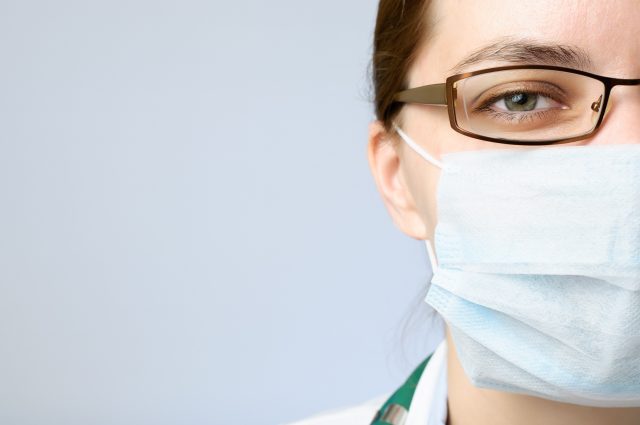The aftermath of closing health clinics was a rise in STDs
According to a recent health report issued, the rates of infection of the three major sexually transmitted diseases: syphilis, chlamydia and gonorrhea have recently increased and continue to rise to very high levels among young people and teenagers.
These young people usually engage in unprotected sex with infected people, without knowing it. The infected people might not even be aware of the infection at the time of the sexual relationship. Or they might not have had access to proper treatment. This means that a lot of people are spreading the infection with or without knowing it.
The truth is that half of the people who are affected by chlamydia and gonorrhea haven’t reached the age of 25 yet and might be engaging in unprotected sexual relationships that will lead to more spread of the diseases. These diseases have a lot of side effects on the short and long run. They generally lead to chronic pain, problems with fertility and overall lower quality of life. They might lead to an inflammation of the pelvis and heart diseases.
Unfortunately, these diseases are always easily passed to other young people due to the lack of education about STDs. Syphilis can be transferred from pregnant mothers to their babies and is one of the main reasons of stillbirth and birth defects in newborns in the USA especially among young mothers.
The problem is that the extent and strength of the STDs spread will depend on the amount of money that the government has to dedicate for that purpose. Unfortunately, many of the health clinics that are working to educate and treat people from STDs had to face budget cuts. These budget cuts forced 20 health departments to close their health clinics that are concerned with treating STDs in 2012, according to the director of the National Center for HIV/AIDS.
In the subsequent years, the effect of these budget cuts became very evident. In 2015, there was about 19% rise in the rate of syphilis infection with more than 23 thousand cases reported in one year. Things are not better for chlamydia or gonorrhea. Chlamydia rates have increased in 2015 by 6% with more than 1.5 million cases reported in one year while gonorrhea increased by 13% with more than 395 thousand cases reported in just one year.
Although these infections can be treated with antibiotics, the gonorrhea has become recently highly resistant and more difficult to treat. This means that health clinics should have more resources to deal with these infections but the truth is quite the opposite.
90% of the syphilis cases were reported among sexually active men. Syphilis is especially risky for men who have sexual relationships with other men with more than 80% of the syphilis cases reported among bisexual and gay men. Also people who are members of sexual or race minorities will have less access to proper STDs education and treatment.
Due to the recent budget cuts, clinics also started to spend less time on screening people and this means that they could end up carrying and spreading STDs without knowing it and this could go on for a long time.
They are also spending less time on tracing people who have been previously been infected and this means that there is no follow up and more people could get infected.
Although the federal government tries to help these clinics to keep on working, the truth is that any help is not sufficient to make up for the budget cuts. The government hasn’t increased the budget dedicated to educating people, preventing and treating STDs since 2003 and this is something that is highly related to the increase in the infection rates in the past decade.
In order to fix the current situation, the government needs to invest in preventing and treating STDs. This will lower the infection levels and will save more lives and more money on the long run.

